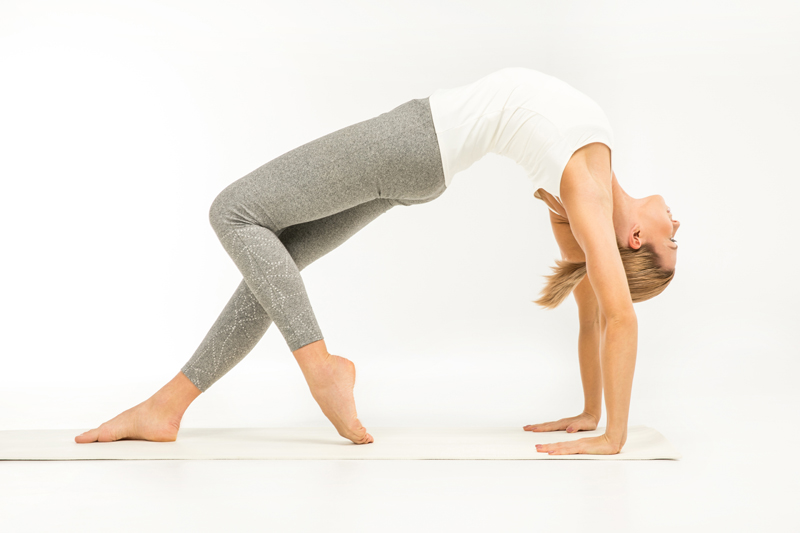Wearing Ease and Design Ease

The term ease in reference to garment construction is an important consideration that will determine the fit and function of the finished clothing item. Ease refers to both wearing ease and design ease.
Wearing ease sometimes called fitting ease is necessarily calculated into a commercial pattern and considers average body measurements, approximates an additional 3 to 4 inches across the body depending on recommended fabric type, and will vary according to the garment style. Wearing ease can also be a concern for an individual wearer’s comfort level.
Thickness, weight and texture of fabric can also impact the ease of a garment. Overcoats have additional ease as the garment is worn over clothing. Some tightly woven fabrics, like stiff taffeta or organza, and delicate fabrics like chiffon or voile require additional ease to allow for the fabric to drape or to protect from strain during walking, siting, or arm and leg movements.
Wearing ease may be considered for specific areas of the garment such as shoulder, bust, waist, and hips. The finished garment look is a function of the wearing ease, the garment’s projected design silhouette plus the specific body measurements used in constructing the garment.
Design ease, sometimes referred to as fashion ease, goes beyond wearing ease and is added fullness to the overall finished garment. A pattern’s description may indicate the finished garment design as close fitting, fitted, semi-fitted, loose fitted and very loose fitting. Design ease can accentuate or divert attention from specific parts of the body or provide a visual balance to the finished garment. Contemporary styles with a mass market appeal can impact design ease for commercial patterns and for ready-to-wear garments.
There are some few garment areas that by design have no or zero ease such as halter-neck tops or strapless bodices as they must fit close to the body. For knit fabrics, the term negative ease may be used to describe the amount of fabric stretch when it is less than the body measurements of a fitted garment. Bathing suits, garments of spandex, yoga pants and leggings often have a negative ease.
Wearing ease in commercial sewing patterns can be approximated by the pattern’s finished garment measurements (check the back of the pattern envelope) and subtracting actual body measurements. Knowing wearing ease can be helpful when making adjustments. Design ease can be determined by the fitting terms closely fitted, fitted, semi-fitted, and loosely fitted.
Generally, wearing ease (affecting body movement) and design ease (additional fullness to accommodate gathers, tucks, pleats, etc.), are both important elements for sewers to consider when choosing garment fabrics.
Sew happy, sew inspired.
Wearing ease sometimes called fitting ease is necessarily calculated into a commercial pattern and considers average body measurements, approximates an additional 3 to 4 inches across the body depending on recommended fabric type, and will vary according to the garment style. Wearing ease can also be a concern for an individual wearer’s comfort level.
Thickness, weight and texture of fabric can also impact the ease of a garment. Overcoats have additional ease as the garment is worn over clothing. Some tightly woven fabrics, like stiff taffeta or organza, and delicate fabrics like chiffon or voile require additional ease to allow for the fabric to drape or to protect from strain during walking, siting, or arm and leg movements.
Wearing ease may be considered for specific areas of the garment such as shoulder, bust, waist, and hips. The finished garment look is a function of the wearing ease, the garment’s projected design silhouette plus the specific body measurements used in constructing the garment.
Design ease, sometimes referred to as fashion ease, goes beyond wearing ease and is added fullness to the overall finished garment. A pattern’s description may indicate the finished garment design as close fitting, fitted, semi-fitted, loose fitted and very loose fitting. Design ease can accentuate or divert attention from specific parts of the body or provide a visual balance to the finished garment. Contemporary styles with a mass market appeal can impact design ease for commercial patterns and for ready-to-wear garments.
There are some few garment areas that by design have no or zero ease such as halter-neck tops or strapless bodices as they must fit close to the body. For knit fabrics, the term negative ease may be used to describe the amount of fabric stretch when it is less than the body measurements of a fitted garment. Bathing suits, garments of spandex, yoga pants and leggings often have a negative ease.
Wearing ease in commercial sewing patterns can be approximated by the pattern’s finished garment measurements (check the back of the pattern envelope) and subtracting actual body measurements. Knowing wearing ease can be helpful when making adjustments. Design ease can be determined by the fitting terms closely fitted, fitted, semi-fitted, and loosely fitted.
Generally, wearing ease (affecting body movement) and design ease (additional fullness to accommodate gathers, tucks, pleats, etc.), are both important elements for sewers to consider when choosing garment fabrics.
Sew happy, sew inspired.

Related Articles
Editor's Picks Articles
Top Ten Articles
Previous Features
Site Map
Content copyright © 2023 by Cheryl Ellex. All rights reserved.
This content was written by Cheryl Ellex. If you wish to use this content in any manner, you need written permission. Contact Cheryl Ellex for details.







